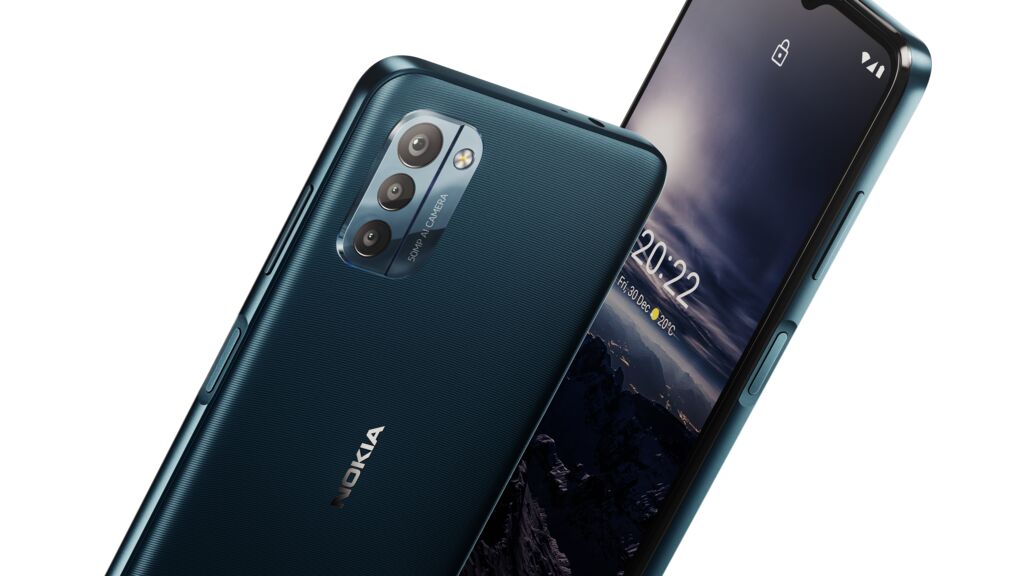Industrial and technological advancement has without a doubt accelerated the progress of humankind. This advancement has however inadvertently led to climate change, global warming, soil degradation, the destruction of plant and animal ecosystems, and a myriad of other challenges affecting our environment. Our advancement at the expense of the environment is creating a vicious cycle that results in unintended outcomes such as disease, malnutrition, loss of income, and even human conflict due to depleting natural resources like pasturelands and water.
To mitigate this, Governments, nonprofit organizations, individuals, and businesses are making a concerted effort towards a greener environment. The effects of these individual and collaborative efforts will over time continue to shift the needle towards positive environmental outcomes. Indeed, there are some early indications of progress in the right direction, including the deliberate elevation of environmental sustainability priorities in multiple companies and their value chains.
One of those companies is Nokia and today, we look at the environmental considerations that have been made in the manufacture of the Nokia G21.
In the making of the device, Nokia has selected materials that go hand in hand with environmental protection and the phone is free of nickel on the surface, free of PVC, and free of brominated and chlorinated compounds. Studies have shown that many brominated and chlorinated compounds persist in the environment and cause adverse health effects. PVC is non degradable and is one of the worst environmental pollutants. Nokia has steered clear of these and other harmful elements.
The Nokia G21 packaging is minimized to just the right size of box, and even that is made from 100% degradable materials. It is also made with upto 90% recycled materials and so that is a double win for the environment. The device itself has a high recoverability rate of 82%, and all material can be recovered and reused.
The Nokia G21 battery has a whopping 3 day lifetime on a single charge and this in itself is energy saving. Apart from that, Nokia has made the battery in strict compliance with the EU battery directive. The battery does not contain metal concentrations higher than those in the directive.
HMD keeps strict track of all the components that go into their phones. The company not only follow compliance directives to the letter, but also goes ahead to steer away even from substances that do not necessarily raise concerns. These are some of the regulations that the Nokia G21 fully complies with.
- The EU RoHS Directive 2011/65/EU
- “Management Methods on the Prevention and Control of Pollution caused by Electronic Information Products” commonly known as “China RoHS”
- European REACH Regulation 1907/2006/EC
- The Montreal Protocol on Substances That Deplete the Ozone Layer
These initiatives demonstrate what companies can do towards a greener world in their capacities and line of work. Individually, we can also participate by changing our daily habits and incorporating good practices such as sustainable shopping, conserving water, saying no to plastic and driving green. When you buy a Nokia phone, be assured that you have done your small bit for the environment and that is awesome.


